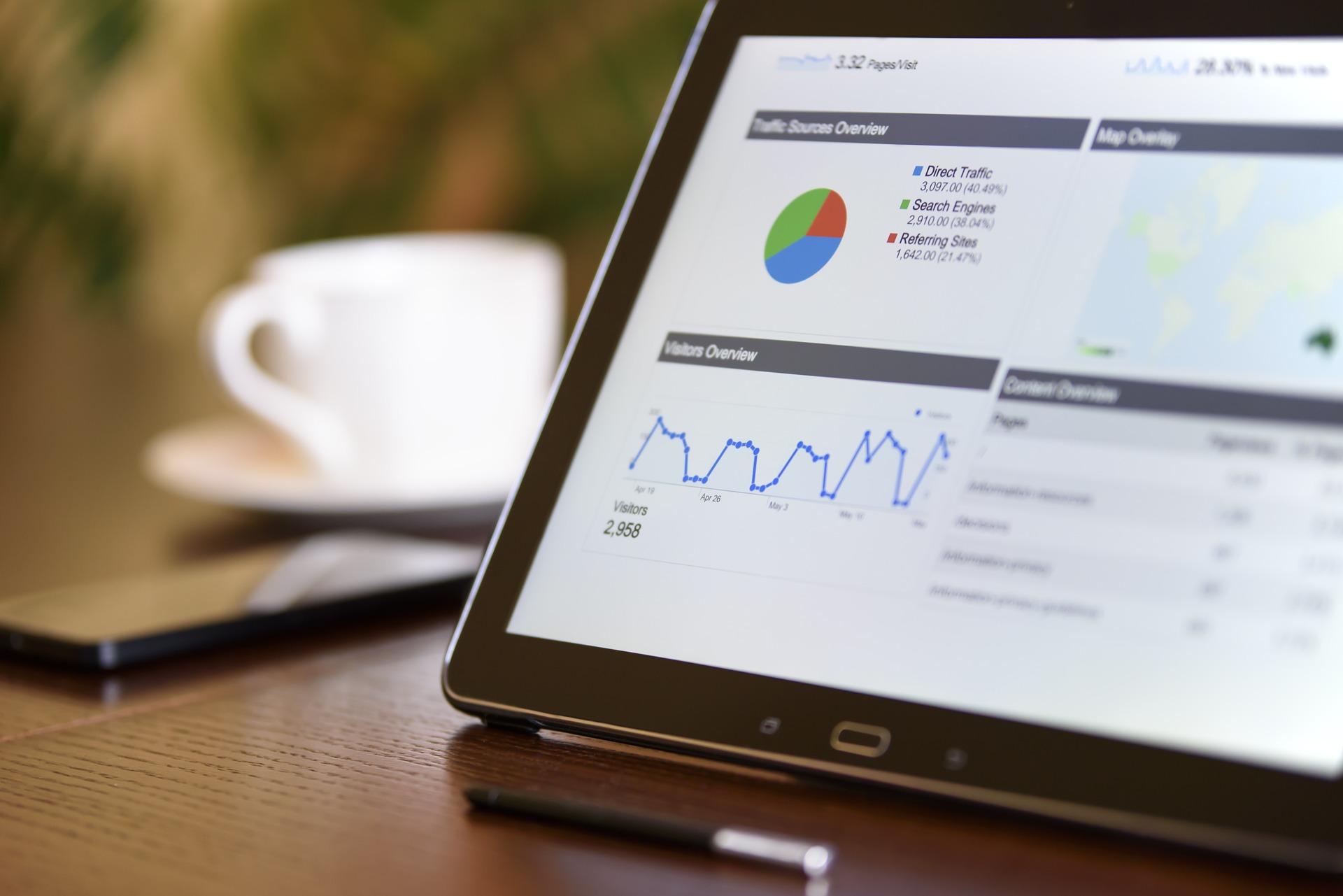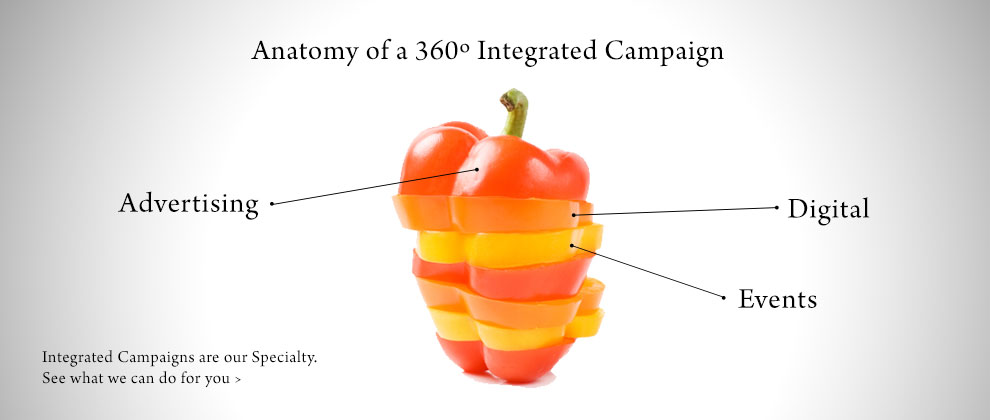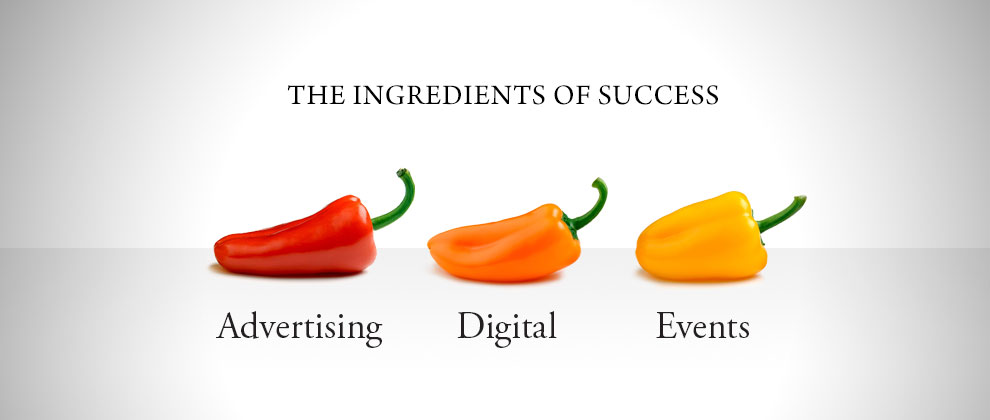We will be featuring blog posts from Conner Galway periodically. Conner is the Founder of Junction, a Digital Communications Company based in Vancouver with whom we partner.Here, he talks about building on repeatable habits as a way of investing in your brand.
Let’s make a viral video!
If you’ve worked in digital marketing for more than a few hours you’ve almost certainly heard this idea floated across a boardroom table, and probably even considered it yourself. How do things go viral, and how can we get one of those magic moments for our brand?
Content that goes bananas is one of the most exciting parts of this job, but it isn’t where the majority of the value is gained. The real wins come from the simple, repeatable habits that, done well over time, build on themselves. It’s this idea of compounding habits that is so underrated and under-utilized.
Compounding habits are unique to digital marketing. In the world of traditional media, you buy a billboard/TV spot/newspaper ad, it gets a bunch of impressions, and then it’s done as soon as it’s taken down.
In digital, every investment that we make can build on the last one, if we are consistent and develop repeatable habits. By spending time and resources we don’t just gain eyeballs; When we do it well we earn subscribers, pick up followers, and build retargeting audiences.
That’s not to mention the holy grail of compounding returns: SEO. Great website content that does really well on social channels then becomes a magnet for search rankings and traffic that will continue to drive traffic with little or no maintenance in the future.
These are all basic tactics, so why aren’t we all raking in the benefits of compounding habits?
Because we’re not consistent.
I say “we” because Junction was a culprit in 2016-2017. We’d create blog content that we were really proud of, post to Twitter/Instagram/Facebook, publish white papers, and do all of that in short sprints without consistent themes or timing. We were using digital in a traditional way, gaining very few of the compound benefits that our clients were seeing.
In a post that I published at the start of this year I committed to a strategy based on our own advice, where we would Do Less Better, and do it consistently. How has it been going? Let me show you:
First, we did a workback on our best sources of business over the past couple of years, looking for consistent themes.
Overwhelmingly, the best relationships started when people were interested, or had heard of us, and then came to our site and read our blog content before getting in touch with us. We found that it set a great foundation for our conversations, that it helped people to understand our perspectives, and supported their decision-making process. Oftentimes they weren’t ready to do business with us right away, so they chose to sign up for our email, or follow us on a social channel in the meantime.
Given that, we set the following priorities for our digital marketing efforts:
- Blog traffic from high value sources
- Email subscribers
- Instagram followers
- Twitter followers
- Facebook likes
Note: any social audience growth would only be considered a success if we could maintain, or grow, our engagement rate at the same time.
Then, we set the following dead-simple digital marketing plan:
- Publish a blog post every week
- Send a summary in our weekly email: The Social Brief
- Use Instagram as a micro-blogging platform, publishing multiple times per week
Use a small amount of budget to drive traffic from Facebook.
After 1 month of doing the same things that we were doing before, but doing them consistently, here’s what we’ve seen:
-
- Blog traffic from high value sources is up ~450%

-
- Email subscriber growth rate is up 600%, with steady open/click rates

-
- The Instagram follower growth rate has gone from stagnant to significant

I share our stats here not as a pat on our own back for a job well done, but as a demonstration of just how dramatic the change can be when you shift from a sporadic digital marketing effort to one that compounds.
The return on resources that we’ve allocated to January’s growth does not necessarily pay off in January. They actually grow into February and beyond as we now have more people to talk to, more relationships to develop, and (if we’ve done it well) more people to tell their friends about us.
And that’s the key: Follow-through. We have the opportunity to build compound results, but nothing is given. We have to continue to deliver value, to publish, to communicate openly, or else you (our reader, the person we do all of this for) will lose interest and move on to the next thing.
For us, I believe that the majority of the value that we offer is when we answer the question that we all ask when we read posts about digital marketing: So what? In other words, how does this apply to me, and how can I apply it to my work? You’ll notice a section at the bottom of nearly every one of posts that answers that question, and this one is no different:
So What?
So you’re looking to build a set of habits that will be effective, and are manageable? Here’s 6 steps that I’ve seen work in every industry that I’ve ever worked in: from non-profits to franchises, retail to B2B, and everything in between:
- Identify what your audience wants from you. Why do people love you? (If the answer is that they don’t then it’s time for a bigger conversation.)
- Identify what you’re uniquely qualified to offer
- Audit what’s worked well in the past. What are you doing already that’s working well?
- Create list of weekly habits that you can execute, even in the busiest time of year
- Reduce that list by 10% (our eyes are always bigger than our stomachs)
- Make your business your #1 priority (If you fail, then who will be left to take care of your customers?)
Digital marketing success is the sum of many small, repeated habits done well over time.
Want to hear more from Conner? Follow @Conner_G on Twitter and sign up here to receive his weekly emails.













